Why are female leaders vital for sustainable success?
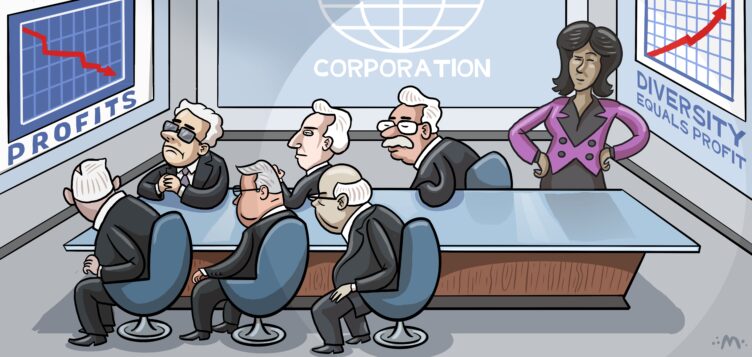
There once was a time, and unfortunately, not so very long ago, when you could walk into a senior leadership meeting in any business around the world and rarely see a female face. The workplace was not seen as a place for women, certainly not at senior levels. Thankfully, those days are behind us. And the business world is all the better for it.
As social expectations, aspirations and preferences have evolved over the past decade in particular, it is no longer so unusual to find women working successfully at the very highest levels of business and public life – including, I’m proud to say, at Abdul Latif Jameel.
Traditionally women in business have gravitated towards particular specialisms – human resources, for example, or marketing. There are still many inspiring women doing excellent work in these areas. But today’s senior female leaders are shaking up boardrooms in every area of business; at Abdul Latif Jameel, we include the female dimension at the very highest level across diverse business functions.
Women like Jasmmine Wong, Chief Executive Officer, Jameel Motors, in charge of managing the international mobility businesses; Kate McLaren, Head of Marketing and Sales Operations, Farizon Auto UK, part of Jameel Motors; Mariana Merino, Chief Human Resources Officer for the Mobility sector; and Salma Moukbil, General Manager of Jameel Motors Morocco, who oversees the operation and development of Toyota, Lexus and MG Motor distributorships. And away from our automotive operations, Sunita Juma, Chief Tax Officer for Abdul Latif Jameel; and Antonia Carver, Director of Art Jameel, one of the leading artistic foundations in the Middle East.
We will hear more from some of the women driving progress at the very top of Abdul Latif Jameel later. First, let us explore why more and more businesses are gradually awakening to the untapped potential of female professionals.
How is freedom of choice unlocking female potential?
In one sense, perhaps it is no surprise that women are busy climbing the career ladder and securing top positions in our workplaces. After all, they are increasingly outperforming men in education at all levels, from early-years up to college and beyond.
One study, conducted by Cambridge University in the UK, showed that up to 14% more girls than boys were meeting educational expectations, and were significantly more likely to exceed expectations in all topics except math.[1] Among 18-year olds, girls outperform boys across all subject areas, including traditionally male-dominated pursuits such as physics and computing. More females than males now continue their education at university and are more likely to get a first-class degree or higher.
Women are, gradually, having fewer children and prioritizing careers over starting families. As of 2023 the average woman globally has 2.3 children – a stark fall from the 4.9 infants recorded in the 1950s.[2] They are also delaying the age at which they embark on rearing a family. Women today are more than twice as likely as their grandmothers to have no children by the age of 30.[3]
After declining in the years following the 2008 worldwide economic crash, gender parity in the labor force worldwide increased from 63% to 64% during 2023.[4]
In short, success breeds success, and there is now a growing pool of female talent globally upon which women can model their own careers.
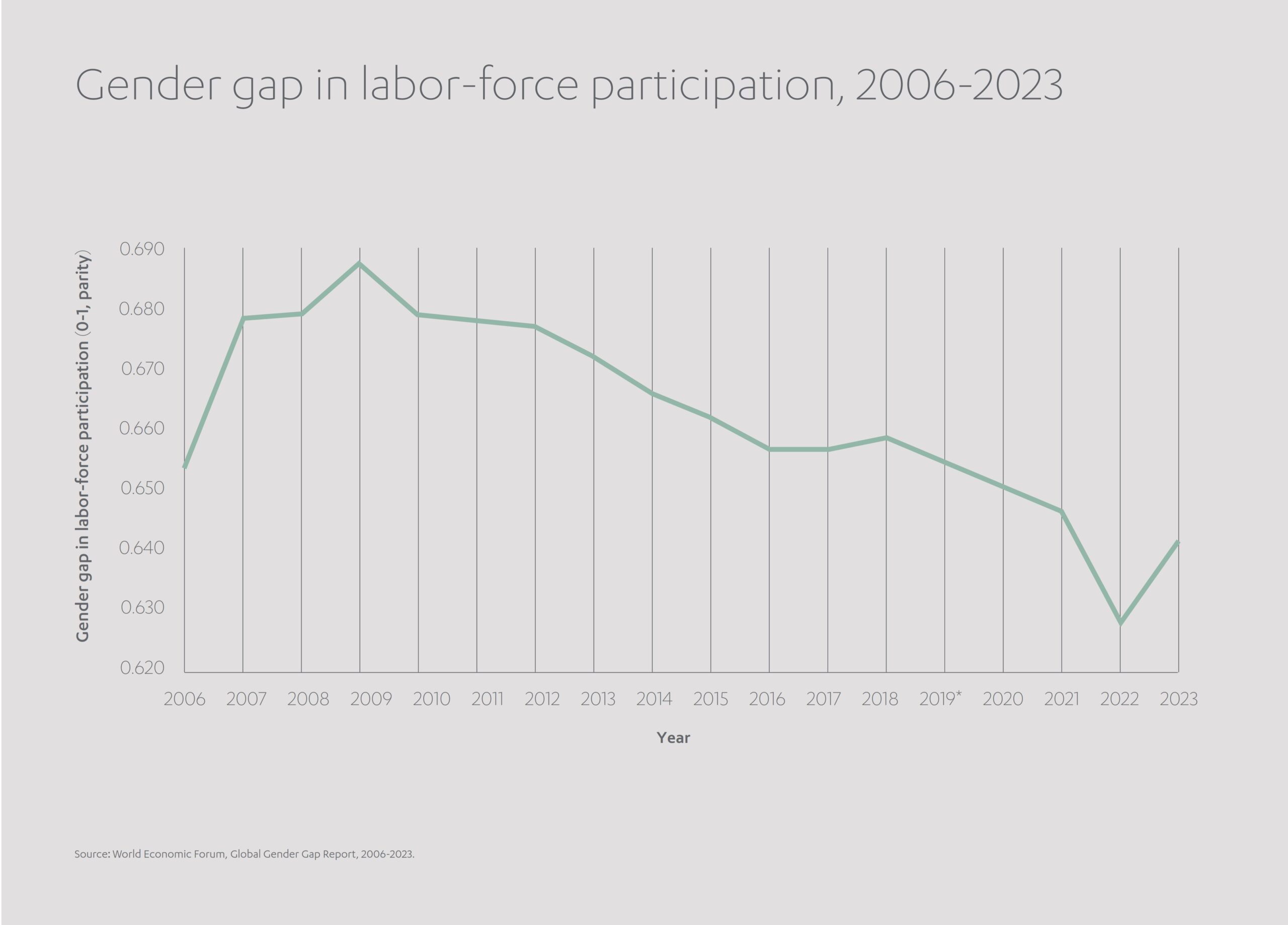
Which female business icons are inspiring the next generation?
Female figureheads of the 2020s span both the political and business arenas. Consider talents like Claudia Sheinbaum, who in October last year was installed as the 66th President of Mexico, the first woman to occupy that role. Or Ursula von der Leyen, President of the European Commission, and Christine Lagarde, President of the European Central Bank, both in place since 2019. See also Mary Barra, CEO of General Motors and the first female head of a ‘Big 3’ carmaker. Or Julie Sweet, the Chair of multinational consultancy firm Accenture, and Sandy Ran Xu, Chief Executive of Chinese e-commerce giant JD.com since 2023.

These global trends are increasingly mirrored in the MENA region, too. In the political sphere women can look up to the likes of Sheikha Lubna Bint Khalid Al Qasimi, the UAE’s Minister for International Cooperation & Development; Hind Subaih Al-Subaih, Minister of Social Affairs & Labor and Minister of State for Planning & Development Affairs in Kuwait; Dr Fatima Mohamed Al Balooshi, Minister of Social Development in Bahrain; and Al-Shehana bint Saleh al-Azzaz, appointed Vice Secretary General of Saudi Arabia’s Council of Ministers in 2022.
MENA’s business world is likewise beginning to provide opportunities for female trailblazers. One of the most prominent figures is Hana Al Rostamani, CEO of First Abu Dhabi Bank, the UAE’s largest bank in terms of assets. Then there is Shaista Asif, co-founder and CEO of PureHealth Holding in Pakistan, with a portfolio of more than a hundred hospitals, 300 clinics, 60 pharmacies, and 143 labs. Or Shaikha Khaled Al Bahar, Deputy CEO of the National Bank of Kuwait Group, leading operations across 13 countries, and Randa Sadik, CEO of Arab Bank in Jordan, a major force in banking and financial services.

Jameel Motors
Female leaders at Abdul Latif Jameel: Jasmmine Wong
“The automotive industry tends to be very masculine, so it can be challenging to be accepted as a woman.
But I’m so glad took on that challenge at Jameel Motors. I’ve never been given special treatment or faced different expectations. Everyone is treated the same, male and female, right from the initial orientation. It’s up to you as an individual to be flexible, to engage, to apply your skills in the most effective way, and to demonstrate what value you can bring.”
Women business leaders are rising particularly rapidly in Saudi Arabia, where the government’s Vision 2030 strategy document of 2016 did much to equalize rights and encourage female participation in the economy. Vision 2030 authorized several initiatives to empower women, from introducing anti-harassment laws and banning gender discrimination in the workplace to lifting the prohibition on female drivers. It granted women greater autonomy over their lives, allowing them to choose what they do for a living, where they can live,
and permitting them to manage their own businesses. Its effectiveness is undeniable, with female participation in the Saudi Arabian workforce almost doubling between 2016 and 2022.
Private companies and non-commercial bodies within Saudi Arabia have reacted accordingly, some launching women’s leadership programs, others introducing minimum quotas for female inclusion.
Now, some 45% of small and medium-sized enterprises in Saudi Arabia are owned by women.[5]
Inspirational female leaders have emerged across the country, setting examples for others to follow.[6] They include Sheila Al-Rowaily, the CEO of Wisayah Global Investment Management Company and the first female board member of the Saudi Central Bank; Sarah al-Suhaimi, the first woman to chair the Tadawul, Saudi Arabia’s stock exchange; Rania Nashar, the first Saudi Arabian woman to serve as CEO of a listed company (Samba Financial Group), a board member for the Saudi Space Commission, and now head of compliance and governance at Saudi’s Public Investment Fund (PIF); Dr Moudhi Aljamea, the first female executive at STC, the Middle East’s largest telecoms company; and Esraa Al-Buti, the first female partner at EY Saudi.
Saudi Arabia’s neighbors in the UAE have similarly been expanding women’s rights, with reforms from 2018 to 2019 improving career freedoms in a number of areas. Gender discrimination and harassment were banned in the workplace. Women were newly allowed to work at night or in dangerous jobs. Additionally, the dismissal of pregnant workers was outlawed as discriminatory.
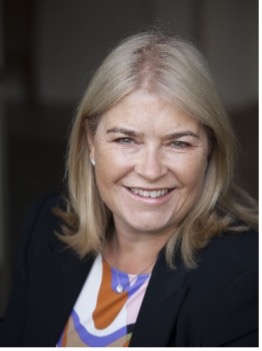
Farizon Auto UK, (Jameel Motors)
Female leaders at Abdul Latif Jameel: Kate McLaren
“I feel incredibly privileged to have joined Abdul Latif Jameel at this time of major expansion in mobility and to be entrusted with the Farizon brand for the UK.
I’m loving working in a fast-paced environment that allows me to use all my transferable skills. I’ve been in the UK automotive industry along time in OEM sales and aftersales, product marketing, brand, CX, digital and training. To still be stretched and able to develop professionally in a start-up environment is amazing.”
How can education empower the female leaders of tomorrow?
Despite these advances, educational opportunities – the essential rocket fuel for any successful career – are still limited for women in many developing regions around the world.
International humanitarian organization UNICEF calculates that around 122 million girls lack school access globally, split between 34 million at primary level and 88 million at secondary age.[7] Completion rates for girls who start school are lower in poorer income countries: At primary level, 63% female vs 67% male, at secondary 38% female vs 43% male, and at upper secondary 21% female vs 26% male.
These disparities are believed to be caused by a variety of factors.[8]
Gender: Some cultures embed expectations about women’s limited participation in the workplace, even at school age. Gender stereotypes have been shown to deter female candidates from pursuing careers in STEM (science, technology, engineering and mathematics) pathways.
Income levels: Girls from low-income communities, particularly those based in remote locations or belonging to ethnic minorities, are less likely to access education opportunities than those in wealthier, more mature markets.
Unrest: In countries prone to conflict, whether civil or cross-border, the gender imbalance is magnified, with girls 2.5 times more likely to miss out on schooling that their male counterparts.
Families: In communities where child marriage is rife, girls complete fewer years of full-time education. More than 40,000 girls under 18 marry each day around the world. Figures suggest ending child marriage could help widen women’s opportunities and simultaneously boost the global economy by around US$ 500 billion annually.

Female leaders at Abdul Latif Jameel: Noura Elawamry
“My role serves as a strategic partner, managing complex initiatives and engaging with internal and external stakeholders to deliver business-critical outcomes aligned with the organization’s transformation agenda. Being the youngest in the team, it’s meaningful to be given such strategic responsibilities.
It reflects the organization’s belief in merit over tenure, and it motivates me to lead with purpose and precision.”
Who suffers because of these inequalities?
We all do. The World Bank reports that only 19% of women are in paid employment worldwide compared to 71% of men.[9] Furthermore, it estimates that depriving girls of a minimum of 12 years’ schooling translates to between US$ 15 trillion and US$ 30 trillion in lost lifetime productivity and earnings.[10]
In the MENA region these imbalances have historically manifested in a damaging ‘brain drain’ to the northern hemisphere,
with educated females seeking career advancement elsewhere and sometimes choosing to remain abroad.
In Egypt, for example, half the nation’s trained doctors, mostly female, have emigrated to explore healthcare opportunities overseas.[11]
Again, we all pay the financial consequences. One study found that lifting the female employment rate to match the male employment rate could provide a 57% lift to the MENA region’s GDP.[12]
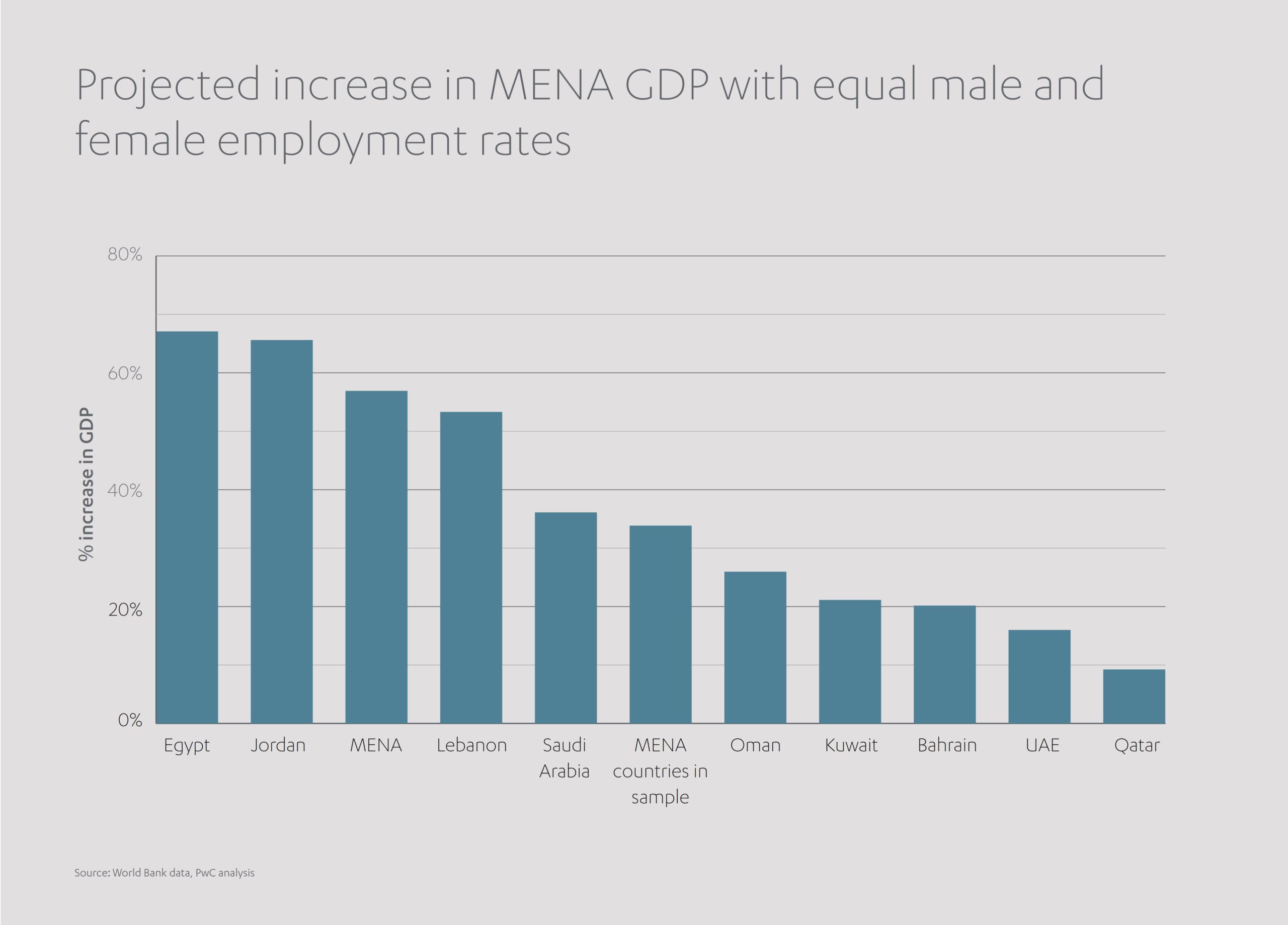
Across MENA we have already seen how female-orientated inclusive practices (equal pay, anti-harassment policies, diversity quotas) have started to make a tangible difference to both women’s lives and the commercial performance of nations.
But what else needs to happen to fully unleash the potential of women in leadership?
A recent PWC survey asked this very question of women aspiring to become the entrepreneurs and leaders of tomorrow.[13]
Practical initiatives for encouraging female participation at high levels in the workplace could include:
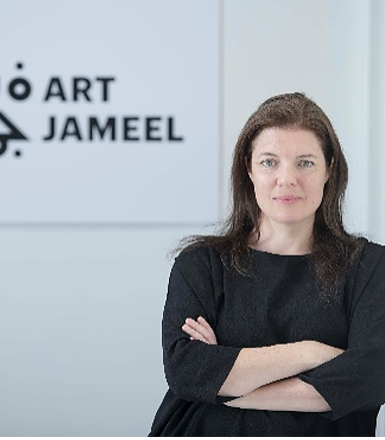
Female leaders at Abdul Latif Jameel: Antonia Carver
“The arts industry has a gender balance to be proud of. Indeed, the two Deputy Directors at Art Jameel are both women, as is the Head of Cinema, and more than half the team. We see more women coming into the company and into very senior positions, which is of course an exciting development.
The Jameel family have always set the tone for the business, and that’s grounded in respect for all. This is more tangible here compared to other places I’ve worked.”
- A more widespread adoption of remote working.
- The provision of flexible transport for those who lack personal mobility.
- Access to a wider range of jobs that match the diverse skillset of an empowered female generation.
- Female-specific grants and scholarships to help overcome educational inequalities.
- A realignment of social norms to reduce the stigmatization of women in work and female leaders.
If these types of measures can be widely implemented across the Middle East it could help further level the playing field for women in the workforce and usher in wider cultural benefits.
Why should workforce diversity be a key strategic goal?
Progressive organizations like Abdul Latif Jameel are already benefiting from the acumen of a gallery of impressive female colleagues at senior levels across the business.
Indeed, broadening workforce diversity is now one of our company’s key strategic goals, with a female leadership program to help more women transition into senior roles, and a series of KPIs being introduced to measure effectiveness.
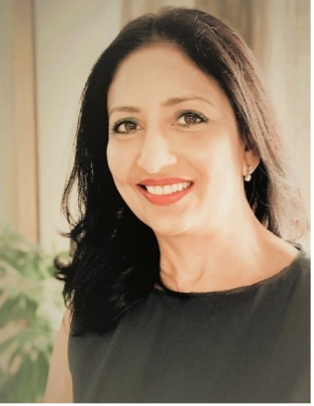
Abdul Latif Jameel
Female leaders at Abdul Latif Jameel: Sunita Juma
“Abdul Latif Jameel values diversity and contribution from all its employees.
This is embedded in the Jameel Principles and Values that guide us. It also understands the important perspectives different culture, background and people bring to build a winning culture and business.
I firmly believe this emphasis on the individual, irrespective of gender, creates a higher performing and equitable culture that lets the best performers grow their careers.”
So, how has acceptance and encouragement in the workplace impacted on our female senior leaders?
“I often go to OEM events and I’ll be the only female in the room,” says Jasmmine Wong, Chief Executive Officer Jameel Motors, explaining how she has had to work hard to build relationships and make herself heard within the motoring industry. “I was very lucky to be given an opportunity at [global automotive distributor] Inchcape – and now at Abdul Latif Jameel – to show that women are just as capable of leading successful businesses in this sector.”
“Building the diversity of our workforce is a key strategic goal,” says Mariana Merino, Chief Human Resources Officer for the Mobility sector in Abdul Latif Jameel.
Mariana is currently helping to create a female leadership program to enable more women within Abdul Latif Jameel to transition into leadership roles. “As well as helping to strengthen gender representation across the business, this fits with our culture of supporting and developing others,” she adds.
Encouraging a powerful generation of female leaders makes not just moral sense but financial sense too. Fostering female talent in the marketplace is expected to boost Saudi Arabia’s national economy by up to US$ $39 billion (3.5%) by 2032.
Further research vindicates the business case for gender diversity. One study, encompassing data from hundreds of companies worldwide, showed that gender-diverse teams made better decisions than individuals 73% of the time.[14] Another study showed that companies registering in the top quartile for gender-diverse executive teams were 25% more likely to display above-average profitability than companies with gender diversity in the fourth quartile.[15]
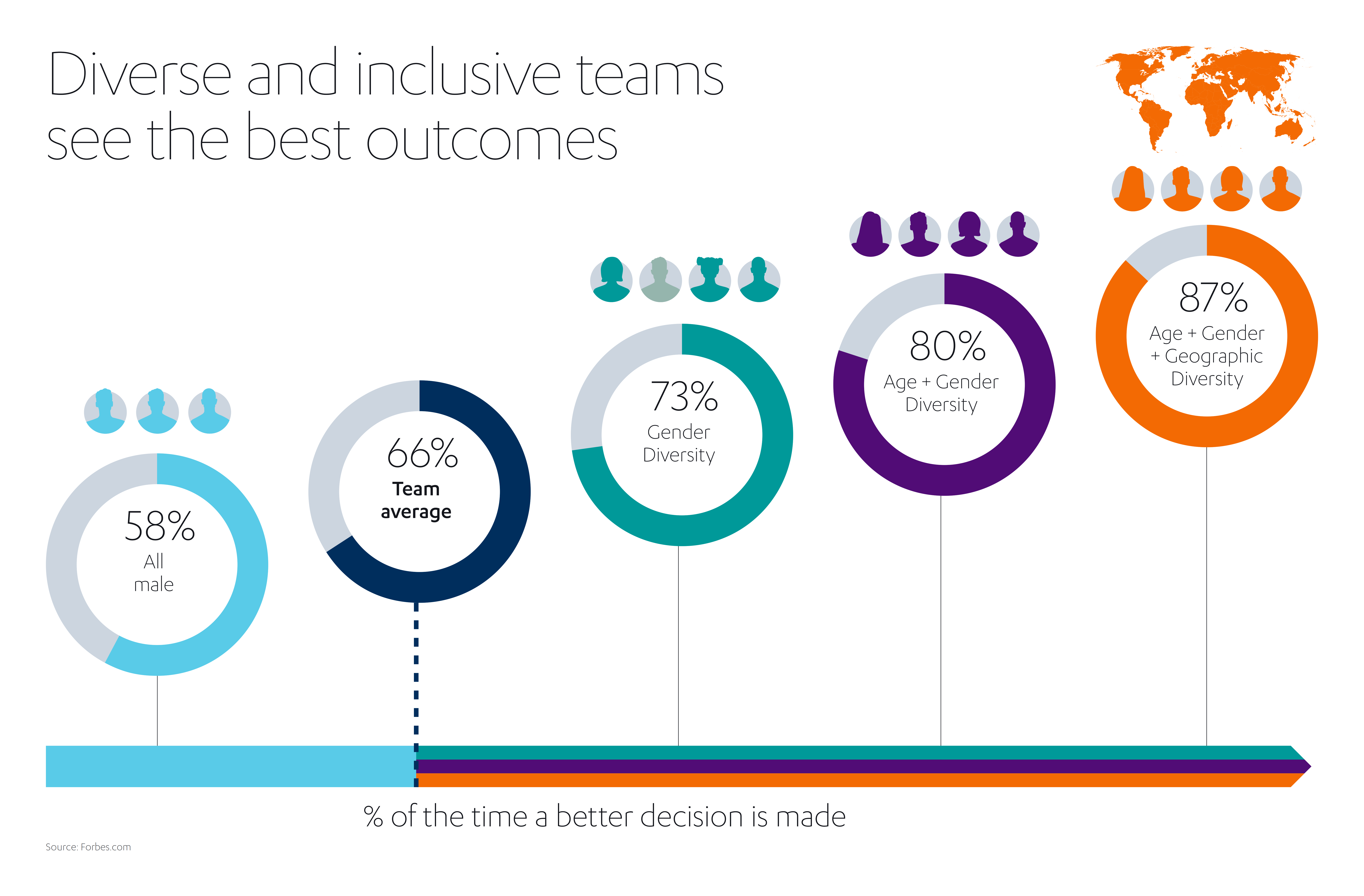
.

Abdul Latif Jameel
Female leaders at Abdul Latif Jameel: Lisa Floris
“It is important to me to continue to pave a way forward for women in leadership, challenge barriers, fostering inclusivity for all, and showing others than success isn’t just possible, but achievable.
Leadership isn’t just about holding a title; it’s about influence, mentorship, and creating environments where women can thrive.
Whether through advocating for equitable policies, leading by example, or mentoring emerging leaders, this is what contributes to lasting change.”
The world is bracing itself for a convergence of meta-crises in the coming decades. Confronting and overcoming dilemmas like global warming, resource depletion and supercharged AI will mean utilizing our finest talents, wherever they emerge.
At Abdul Latif Jameel, our businesses operate for the benefit of everyone, regardless of culture, creed or gender. Our teams must therefore reflect that same rich mixture of humanity.
As women continue to play increasingly prominent senior roles across our business, we will continue to reap the rewards of supporting these leaders to maximize their potential and drive progress from the very top.
[1] https://www.forbes.com/sites/nickmorrison/2024/01/14/from-kindergarten-to-college-girls-are-outperforming-boys/
[2] https://ourworldindata.org/fertility-rate
[3] https://www.independent.co.uk/news/uk/home-news/women-children-mother-later-age-b1766293.html
[4] https://www.weforum.org/publications/global-gender-gap-report-2023/in-full/gender-gaps-in-the-workforce/
[5] https://www.atlanticcouncil.org/blogs/menasource/vision-2030-women-economy-saudi-arabia/
[6] https://businesschief.eu/leadership-and-strategy/top-10-female-leadership-firsts-in-saudi-arabia
[7] https://www.worldbank.org/en/topic/girlseducation
[8] https://www.worldbank.org/en/topic/girlseducation
[9] https://www.atlanticcouncil.org/blogs/menasource/theres-a-gendered-brain-drain-in-mena-its-because-women-are-unrecognized-and-underestimated/
[10] https://www.worldbank.org/en/news/press-release/2018/07/11/not-educating-girls-costs-countries-trillions-of-dollars-says-new-world-bank-report
[11] https://www.atlanticcouncil.org/blogs/menasource/theres-a-gendered-brain-drain-in-mena-its-because-women-are-unrecognized-and-underestimated/
[12] https://www.pwc.com/m1/en/publications/images-new/woman-in-work/mena-women-in-work-survey-2022.pdf
[13] https://www.atlanticcouncil.org/blogs/menasource/theres-a-gendered-brain-drain-in-mena-its-because-women-are-unrecognized-and-underestimated/
[14] https://www.forbes.com/sites/eriklarson/2017/09/21/new-research-diversity-inclusion-better-decision-making-at-work/?sh=267e29904cbf
[15] https://www.mckinsey.com/featured-insights/diversity-and-inclusion/diversity-wins-how-inclusion-matters



 Added to press kit
Added to press kit


